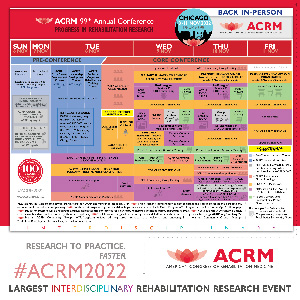Back
Symposium
Clinical Practice (assessment, diagnosis, treatment, knowledge translation/EBP, implementation science, program development)
After the Curve Flattens: Should Telerehabilitation Move From Second Fiddle to First Chair?
Friday, November 11, 2022
11:00 AM – 12:15 PM

Steve Kerschke, PT
Program Director
Kintinu Telerehab
Omaha, United States
Presenter(s)
The COVID-19 pandemic prompted rapid expansion and adoption of telerehabilitation services. As social distancing concerns wane, consumers have the option of choosing between remote and clinic-based services. To make informed recommendations about service delivery, professionals must understand the advantages and disadvantages of both options. In this interactive symposium, we describe the many ways physical, occupational, speech-language pathology, and mental health practitioners provide services. We then review benefits and drawbacks of virtual and in-person service delivery, debunk myths about telerehabilitation, and consider clients’ perceptions and preferences. As consumers realize some COVID-19 adaptations and changes are preferable to previous approaches, they will demand continuation of innovative alternatives. As such, continuing to make telerehabilitation play second fiddle to in-person services may be short-sighted and deprive some clients of optimal services.
Learning Objectives:
- define synchronous telerehabilitation.
- 2. … list advantages and disadvantages of telerehabilitation and clinic-based service delivery options.
- 3. … distinguish among telerehabilitation truths and myths.
- 4. … describe features of telerehabilitation services that clients report as superior to clinic-based services and vice versa.

.jpg)
